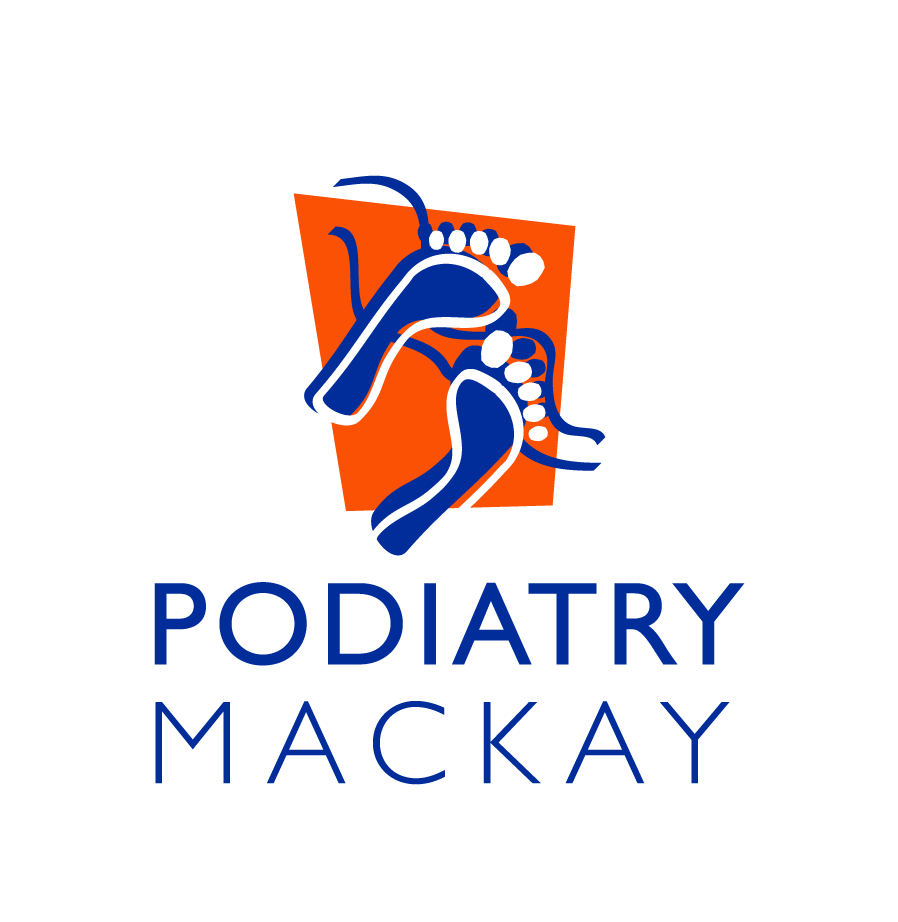Tibialis Posterior Tendinopathy
What is it?
As the name suggests, Tibialis Posterior Tendinopathy is a condition that is characterised by degeneration of the Tibialis Posterior tendon. This tendon is arguably the most important stabilizer of the human foot, with its main role being to support the structural integrity of the arch. Due to this crucial role, the Tibialis Posterior tendon is subject to high repetitive stresses and in conjunction with certain risk factors, can eventually begin to degenerate or break-down. Although this degeneration can occur anywhere along the tendon, it is most found at its maximum fulcrum point, behind the ankle bone, or its insertion onto the top of the arch, hence the terms insertional and mid-portion Tibialis Posterior Tendinopathy.
Tibialis Posterior Tendinopathy can be caused by many factors & is most seen in the active middle-aged population (women > men). Most patients with the condition can often present with many of the following risk factors;
Overuse – Sudden increase in activity
Acute trauma to tendon
Increased weight
Poor lower limb/foot biomechanics
Incorrect footwear
Previous injury to tendon
Symptoms:
Typical symptoms of posterior tibial tendonitis include:
Pain & Swelling -Pain and inflammation from posterior tibial tendon injuries commonly causes foot arch pain that tends to be felt around and behind the inner ankle region and down the side of the foot into the in-step.
How is it diagnosed?
A thorough clinical examination will most commonly diagnose Tibialis Posterior Tendinopathy. Depending on severity of symptoms, you may be referred for an ultrasound +/- MRI to determine the extent of the degeneration and to make sure there aren’t any tears in the tendon.
Possible treatments:
Rest, ice, compression
Padding/strapping
Footwear advice
Custom orthotics
Neuromuscular needling
Aircast walker
Surgery- required when other conservative measures fail.
Anti-flammatories
Prognosis:
Prognosis is largely dependent on the grade of Tendinopathy present. Conservative treatments generally produces successful results for many cases, however surgery is sometimes indicated for end stage Tendinopathy.
